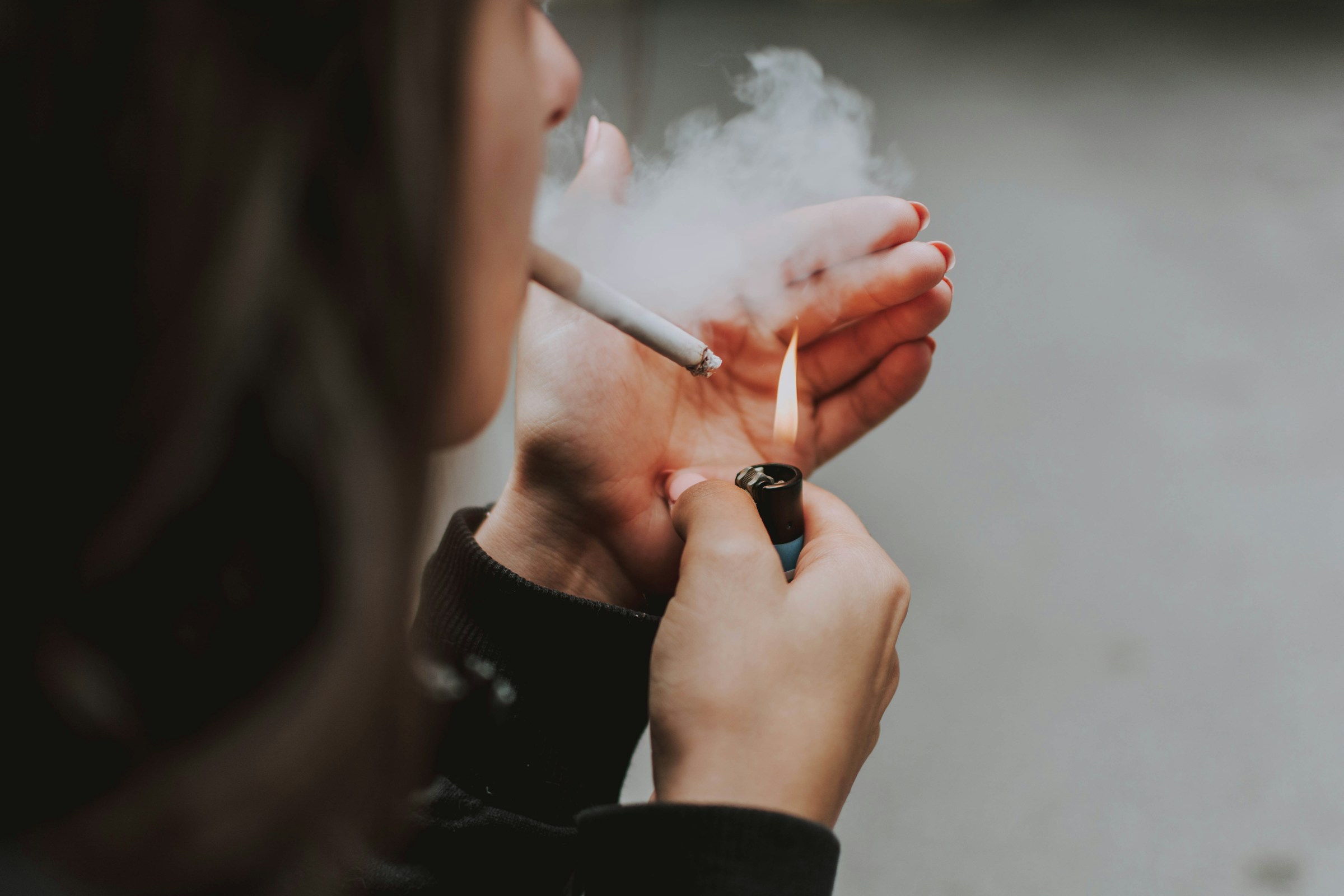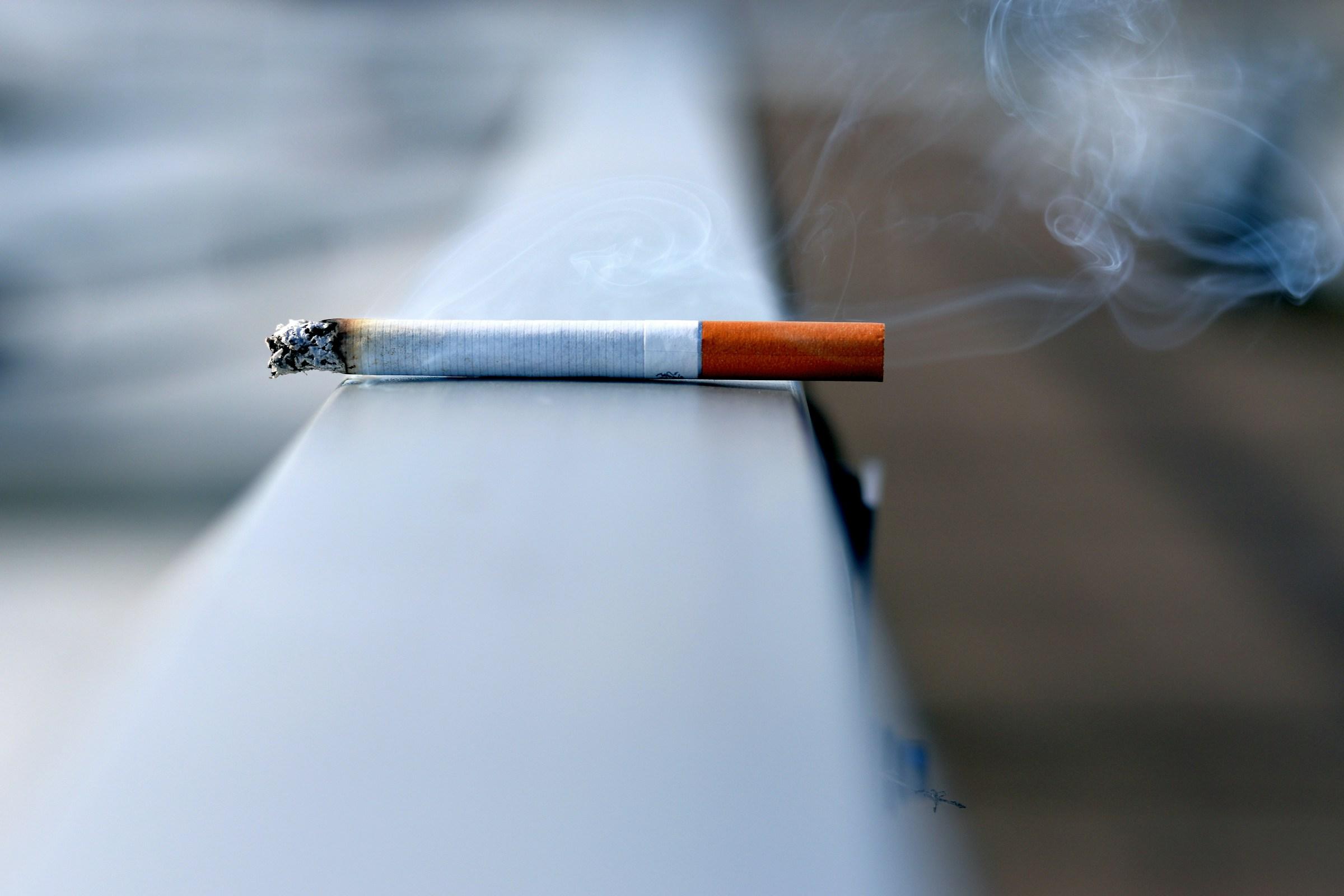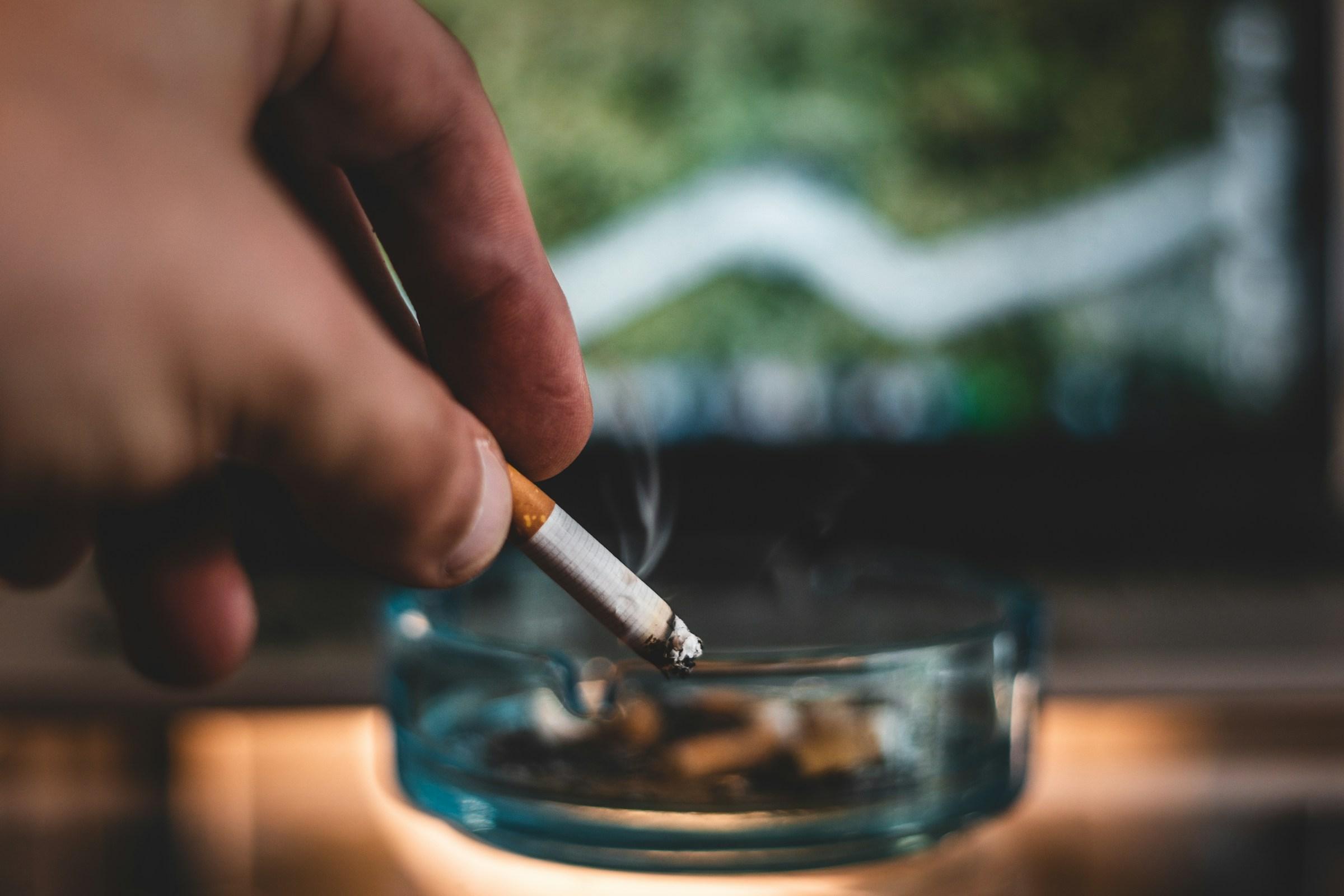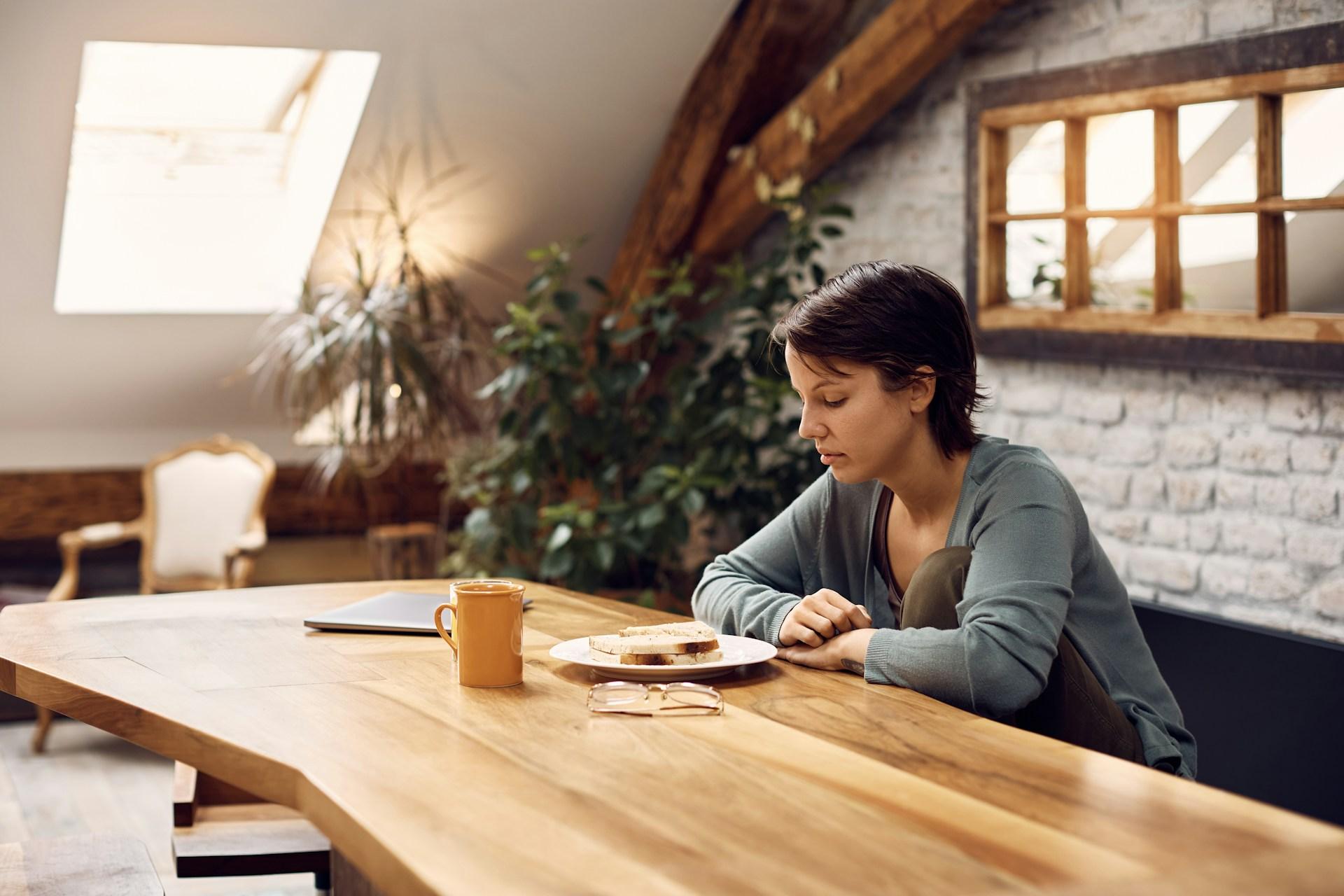Most conversations about smoking begin and end with lungs, heart disease, and cancer statistics. People picture X ray images and hospital scenes, not the bathroom mirror. Yet the body does not separate health from appearance. The same changes that damage internal organs quietly shape the face, skin, hair, teeth, and posture that others see every day. Once someone begins to understand how smoking affects the way they look, it becomes difficult to see each cigarette as a small, harmless habit. It looks more like a steady stream of inputs that slowly redraws the outline of their appearance.
The first system affected is circulation. Cigarette smoke causes blood vessels to narrow, which reduces the amount of oxygen and nutrients reaching the surface of the skin. This might sound abstract, but the result is visible. Skin that once looked even and bright can slowly take on a dull, grayish or sallow cast. The natural glow that comes from good blood flow fades over time. When circulation is consistently restricted, skin cells are not refreshed as quickly, and waste products are cleared less efficiently. The face begins to look tired even after a full night of sleep. What others notice as a lack of radiance is simply the outer signal of an inner bottleneck.
At the same time, smoking attacks the structural proteins that keep skin firm and elastic. Collagen and elastin are the fibers that give the face its ability to hold shape and bounce back after movement. The chemicals in cigarette smoke accelerate the breakdown of these fibers and interfere with their repair. This is why fine lines often appear earlier in smokers and deepen more quickly with age. In the twenties, the effect might be no more than a faint crease around the mouth or a small line near the eyes. In the thirties and forties, those lines can turn into visible wrinkles and subtle sagging around the jawline. The process is not sudden. It is the sum of thousands of days of exposure.
The way a person physically smokes also contributes to characteristic changes. Repeatedly pursing the lips around a cigarette grooves vertical lines into the skin around the mouth. These so called smoker’s lines are the result of the same expression being made hundreds of times, combined with collagen that cannot fully rebound. Squinting through smoke or against irritation at the eyes has a similar effect. Crow’s feet form faster and appear more pronounced because the skin around the eyes is already thin, and the support structures beneath it are under pressure from both movement and chemical damage. Over the years, these pattern lines create an expression that looks older and more fatigued than the person may actually feel.
The under eye area often shows the strain as well. When circulation is poor and inflammation is higher, dark circles can appear more prominent. Fluid drainage becomes less efficient, making puffiness more likely. The combination of shadow and swelling creates an impression of constant tiredness. Since the eyes are often the first place others look, these changes influence how someone is perceived in social and professional settings. Clear, bright eyes suggest energy and alertness. Redness, visible blood vessels, and a film of irritation from regular smoke exposure send the opposite signal.
Teeth and gums tell their own story about smoking. Nicotine and tar particles adhere to tooth enamel, and over time they stain it. The change is gradual, shifting from an off white shade to noticeable yellow, and in heavier smokers to brownish tones. Because the stain settles into microscopic pores in the enamel, regular brushing rarely reverses it. Only professional treatments can make a significant difference, and even then the stains often return if smoking continues. At the same time, smoking dries the mouth and disrupts the balance of bacteria along the gum line. This raises the risk of gum disease, which can cause swelling, bleeding, and eventual recession of the gums. When gums pull back, teeth appear longer and more uneven, and the smile can look less healthy and less confident.
Bad breath is another visible consequence, even though it is experienced through smell rather than sight. Smoke particles cling to the tongue, cheeks, and throat, feeding bacteria that produce unpleasant odours. They also settle into hair, skin, and clothing. Someone who smokes regularly may not notice this baseline smell because they have adapted to it, but the people around them do. For many non smokers, the scent of smoke on clothes or hair is the very first signal that someone is a smoker, often before wrinkles or yellowing teeth become obvious. That scent can linger in cars, bedrooms, and workspaces, shaping how others experience the person long before a single word is spoken.
Hair and nails, often seen as smaller details of appearance, are also affected by smoking. Hair follicles depend on steady blood flow and a relatively stable environment to grow strong strands. When blood vessels are constricted and oxidative stress is elevated, follicles can weaken. In people who are already genetically inclined to hair thinning, smoking may speed up that process. Hair can begin to look flatter, drier, and less dense, with more breakage and less shine. Styling becomes more difficult, and hair may fail to hold its shape throughout the day. Nails react in a similar way. Nicotine stains them and the surrounding skin, creating a yellowish tint. Reduced blood flow slows nail growth and repair, leading to brittle, splitting nails. Although these are small features, they contribute to the overall impression that someone gives when they shake hands or gesture while speaking.
Beyond the face and extremities, smoking also influences body composition and posture. Because it stresses the lungs and cardiovascular system, smoking makes physical exertion feel more difficult. Climbing stairs becomes heavier work. Jogging or fast walking feels more taxing. Recovery after exercise slows. As effort increases, motivation to exercise can decline, and over time this may reduce muscle mass and increase fat stores, particularly around the midsection. Clothes begin to fit differently, movements feel less light, and posture can slump as the body unconsciously protects a chest that feels tight or short of breath. These subtle shifts add years to a person’s visible age even if their actual number has not changed.
Healing is another area where the appearance cost of smoking shows up clearly. The same restricted blood flow and reduced oxygen delivery that affect skin tone also slow the repair of everyday damage. Cuts and scrapes take longer to close. Bruises linger. Acne marks and sun spots fade more slowly. Cosmetic procedures such as facials, peels, or minor surgeries do not deliver their full benefit because the underlying repair machinery is running below capacity. Instead of clearing, minor imperfections accumulate. This creates the sense that the face and body are always just a little behind in recovering from the demands of daily life.
Taken together, these processes create what can be described as accelerated visual aging. Two people of the same age, with similar genetics and lifestyles, can look very different after ten or fifteen years if only one of them smokes. The smoker is more likely to show deeper facial lines, less even skin tone, darker under eye circles, yellower teeth, thinner hair, and a posture that suggests fatigue. None of this is random. It is the visible result of repeated choices and exposures that steadily push the body away from its natural baseline.
Time plays a central role. In the early stages, especially in the late teens and twenties, the consequences may seem mild. Perhaps the skin looks a bit dull after a night out, or the breath smells of smoke for a few hours. The body still has enough reserve capacity to compensate. The problem is that many of the deeper changes, such as collagen breakdown and damage to blood vessels, do not reset between cigarettes. They accumulate. A habit that feels harmless because it does not cause immediate crisis is quietly laying down structural changes that will only reveal their full impact later.
The story is not entirely negative. The body responds when the source of stress is removed. When someone stops smoking, circulation begins to improve. Skin can regain some of its brightness as more oxygen and nutrients reach the surface. The whites of the eyes can become clearer. Breath improves noticeably within days. Professional dental cleaning can remove a significant portion of surface stain, and new stains form more slowly in the absence of smoke. Hair and nails, given time to grow out, often become stronger and less brittle. Not every change can be reversed, especially deep wrinkles or long established gum recession, but the direction of travel shifts. The aging slope becomes less steep.
For many people, health threats that feel distant, such as possible disease decades from now, are not strong motivators. Appearance, on the other hand, is immediate. It shows up in every photo, every meeting, every reflection in a shop window. Treating appearance as a valid reason to reconsider smoking is not shallow. It is a practical way of connecting everyday choices with visible outcomes. Caring about how one looks can be a gateway to caring more deeply about how the entire system is functioning.
A practical way to see the impact of smoking on appearance is to look at photographs taken over a span of years. Images in natural light, without heavy filters, reveal skin tone, eye clarity, lines around the mouth and eyes, and posture more honestly than a quick glance in the mirror. When someone compares photos from before they started smoking with more recent ones, or even compares each year over a decade, patterns emerge. Slight dullness, deepening lines, and subtle sagging stop feeling like random misfortune and start looking like the logical outcome of repeated exposure.
If a person chooses to stop or reduce smoking, continuing this photo habit can provide encouragement. Taking a picture in similar lighting each month can make small improvements more noticeable. Perhaps the skin tone looks a little more even, or the eyes appear less irritated. Maybe the person carries themselves with a bit more energy. These are not dramatic overnight transformations, but small shifts that compound in a positive direction, just as the damage once did in a negative one.
Supporting choices such as drinking more water, sleeping at regular times, eating balanced meals, and moving the body most days amplify these improvements. They do not need to be extreme wellness rituals. The main change is simply removing the constant cloud of smoke and allowing the body to do what it is built to do, which is repair. Even partial reductions in smoking can lower the cumulative load on appearance, although complete cessation brings the clearest benefits.
Ultimately, smoking is not just a private habit. It creates an environment around the smoker that saturates their skin, hair, clothes, car, and home. That environment shapes how others experience them long before any medical diagnosis appears. It influences first impressions, perceived age, attractiveness, and even how energetic or reliable they seem at work or in social groups.
The decision to smoke, continue, cut down, or quit is deeply personal. However, it becomes more informed when the full picture is visible. Smoking is not only about distant health risks. It is about the face someone will see in the mirror five or ten years from now, the way their body will carry them through rooms, and the impression they leave on the people who matter to them. When the appearance cost is placed alongside the familiar health arguments, many people find that cigarettes feel less like a casual companion and more like a quiet designer that has been rewriting their look in slow motion.









.jpg&w=3840&q=75)




